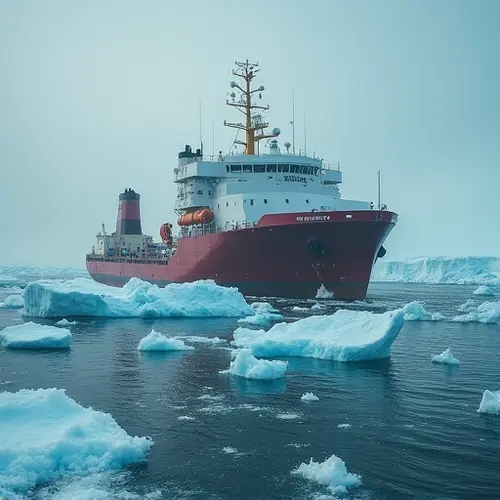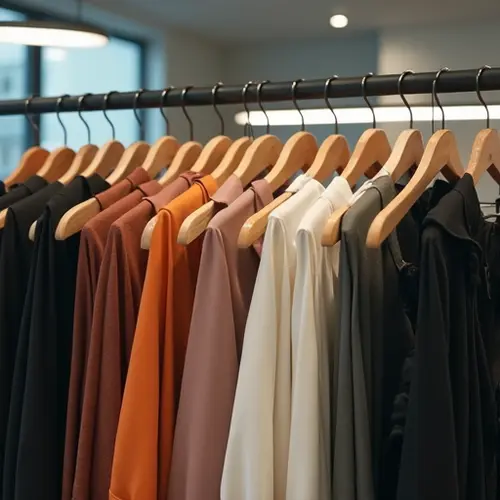
Aviation Enters New Era with Certified Sustainable Fuel
Major airlines have begun operating long-haul flights using certified Sustainable Aviation Fuel (SAF) blends, marking a significant milestone in aviation decarbonization. The fuel – certified for commercial use after rigorous testing – allows carriers to reduce emissions by up to 80% compared to conventional jet fuel. This development comes as the International Civil Aviation Organization (ICAO) pushes for a 5% reduction in aviation carbon emissions by 2030.
How SAF Works
SAF is produced from sustainable feedstocks including waste oils, agricultural residues, and non-food crops. Unlike conventional jet fuel derived from fossil sources, SAF recycles carbon already present in the biosphere. Current regulations permit blends of up to 50% SAF with traditional jet fuel, requiring no aircraft modifications. The certification process ensures these fuels meet strict performance and safety standards identical to conventional fuels.
Early Adopters Take Flight
Oneworld alliance members including American Airlines, British Airways, and Qantas have secured over 1.3 billion liters of blended SAF for routes departing from San Francisco International Airport. "Our alliance stands together in supporting aviation's transition to net zero," stated Qatar Airways CEO Akbar Al Baker, whose airline recently operated a Doha-San Francisco flight using 30% SAF blend.
Meanwhile, Malaysia Airlines has partnered with energy giant Petronas to introduce SAF on Asian routes by 2025. "We believe SAF is among the most significant components for aviation decarbonization," said Malaysia Aviation Group CEO Captain Izham Ismail.
Production Scaling Challenges
Despite growing airline commitments, SAF currently represents less than 1% of global jet fuel consumption. The ICAO estimates aviation will need 330-445 million tonnes of SAF annually by 2050 to meet climate goals. Key challenges include:
- High production costs (3-5x conventional fuel)
- Limited feedstock availability
- Need for government policy support
- Infrastructure requirements (5,000-7,000 new production facilities needed)
New initiatives like the Sustainable Aviation Buyers Alliance (SABA) are creating marketplaces to connect corporate buyers with SAF producers. "SAFc Connect helps corporate buyers directly support decarbonization," explained SABA executive director Angela Foster-Rice.
The Road to 100% SAF
While current blends max out at 50%, manufacturers like Airbus and Boeing are testing engines using 100% SAF. ICAO's recent "Global Framework for Aviation Cleaner Energies" includes plans for full transition pathways. "Sustainable aviation fuel has the greatest potential to reduce CO2 emissions from international aviation," stated ICAO environmental director Jane Hupe.
Financial incentives are emerging globally, including the US Inflation Reduction Act tax credits and EU ReFuelEU mandates requiring 2% SAF blending by 2025. Airlines emphasize that achieving scale requires coordinated government support. "This isn't just an airline challenge – it's an ecosystem transformation," noted IATA director Willie Walsh during the recent aviation sustainability summit.
As technology advances, next-generation SAF derived from carbon capture and green hydrogen promises even greater emissions reductions. With over 100 SAF production projects now underway worldwide, the aviation industry's clean energy transition has officially taken flight.

 Nederlands
Nederlands
 English
English
 Français
Français
 Deutsch
Deutsch
 Español
Español
 Português
Português









